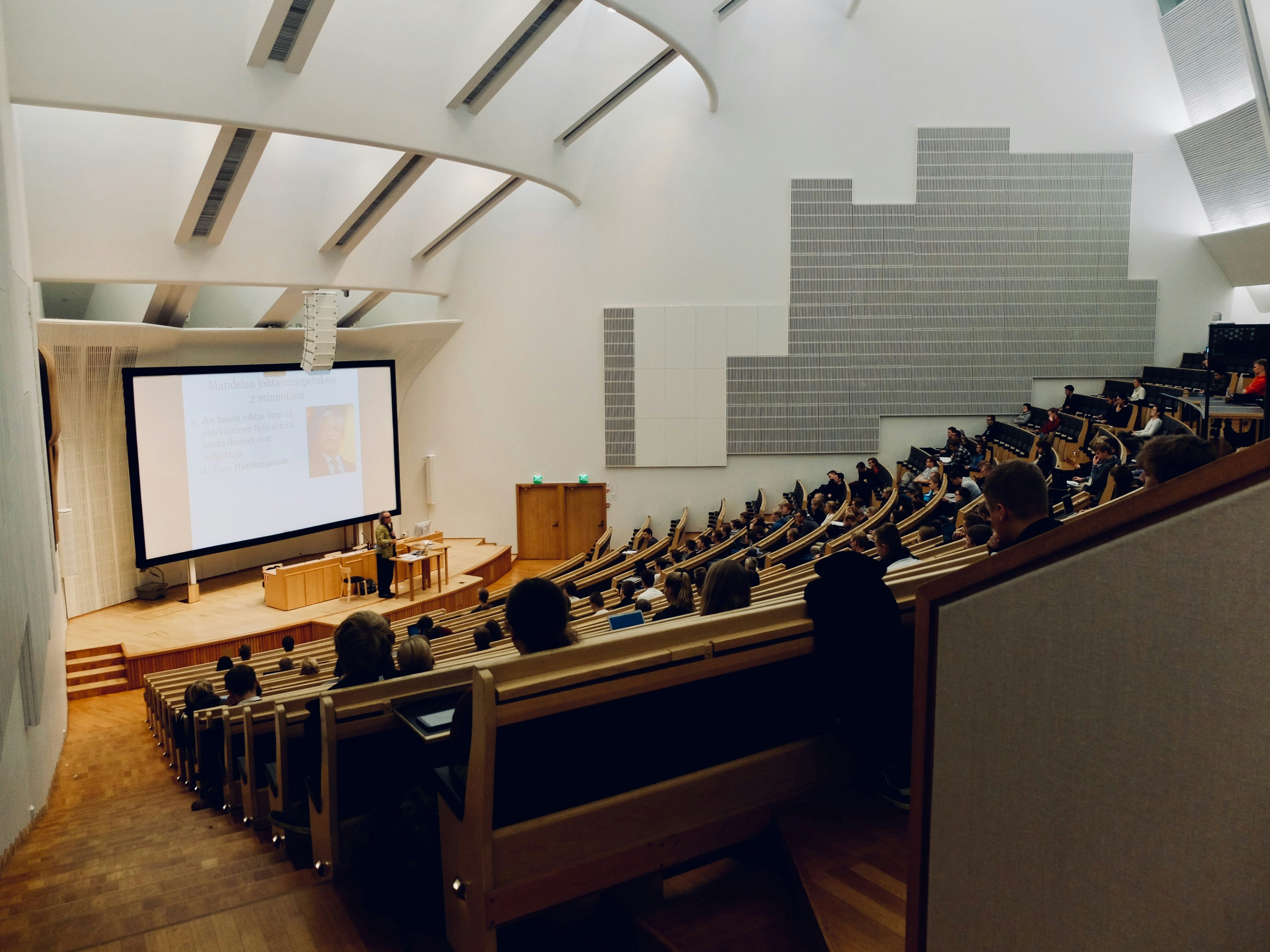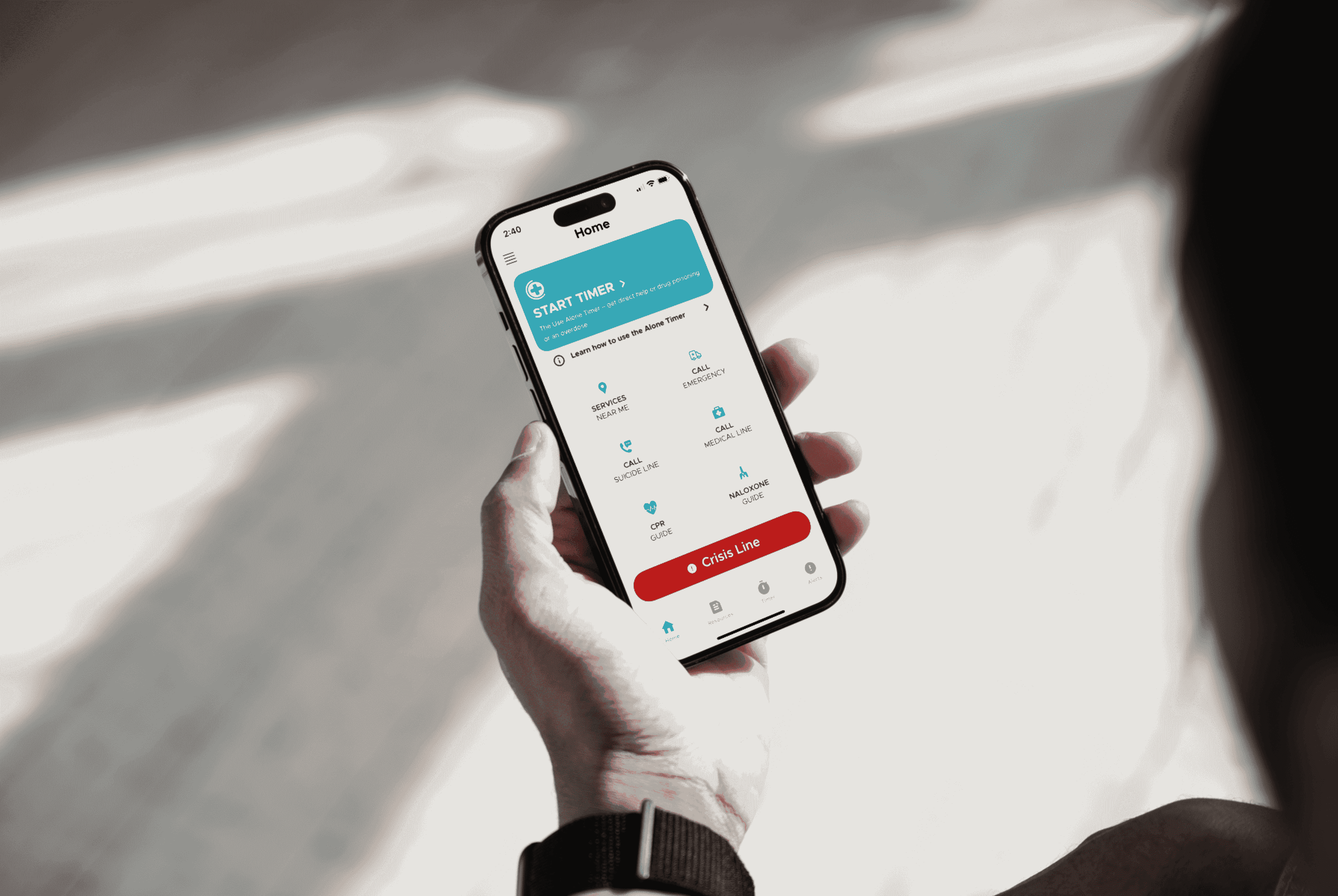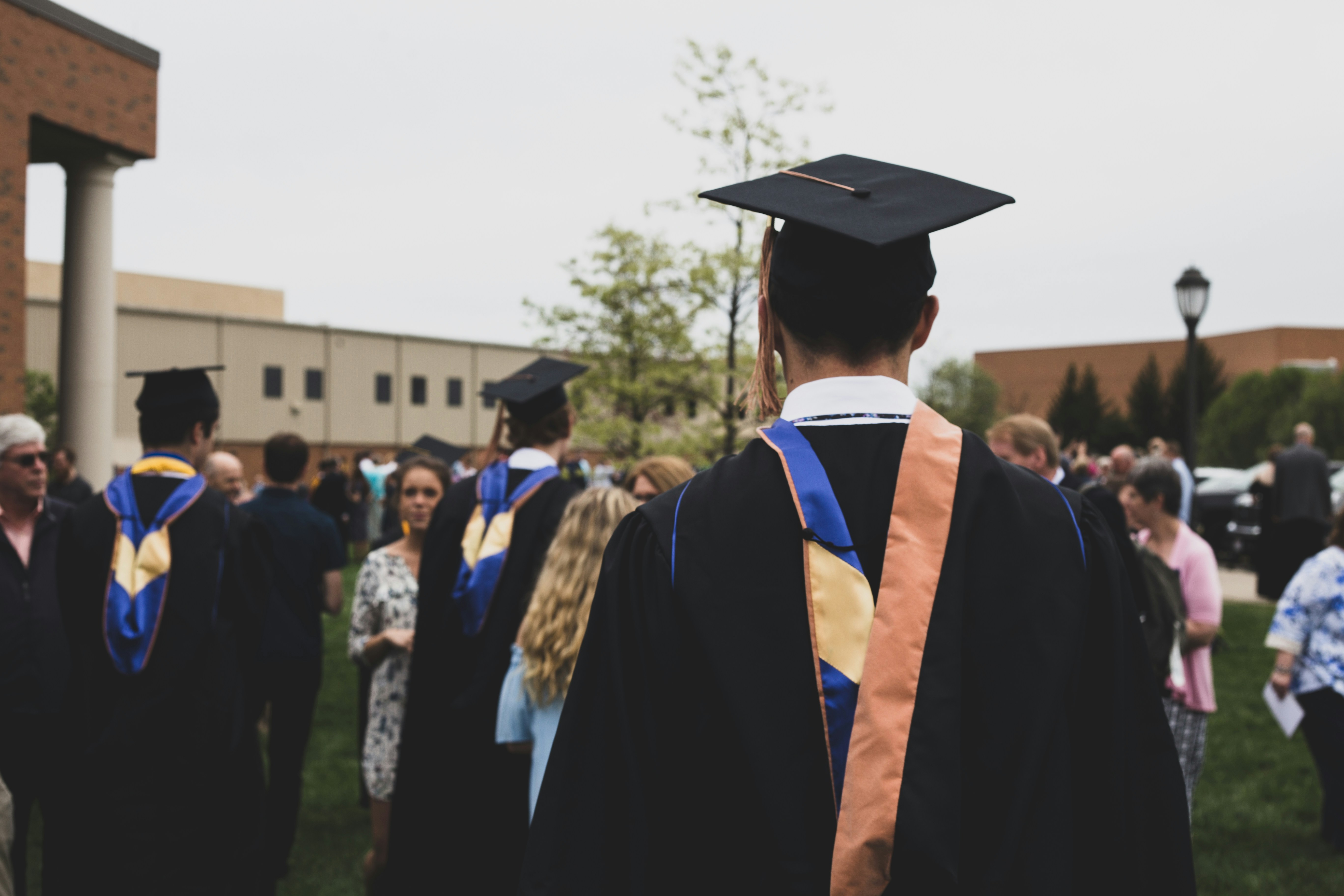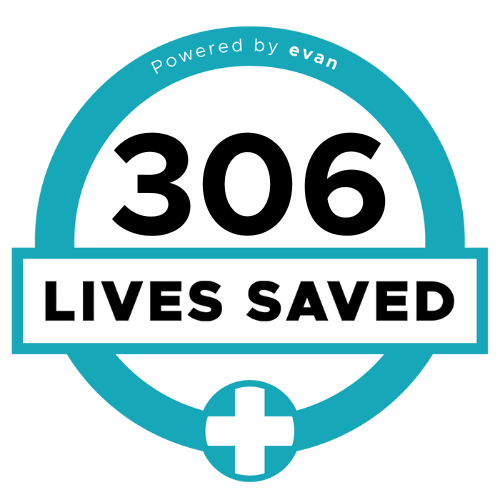
25 Jun Closing Gaps and Building Bridges
Protecting Students from Toxic Drug Poisoning with LifeguardConnect™
University and college is an exhilarating time in a young person’s life. It’s a time when you get to feel the most free and “adult” you may have ever felt. It’s also a time to experiment, try new things, and learn more about yourself. However, this same time for parents can be one of the scariest. It’s the first time they let their child dictate their own life and make difficult decisions. It’s the first time they can’t necessarily implement a curfew or expect to know where their child is at all times.
In an environment where young adults rule, there are habits you may hope your child does not get involved in, such as hard substances. Parents are forced to put trust in institutions to look out for their child’s best interest with rules, protocols, and staff who will go the extra mile to keep a student safe. But what happens when that trust is broken? What happens when these colleges and universities are not doing all they can to protect their students? We will overview a few ways universities and colleges could better prevent unnecessary harm to their students via toxic drug supply and how we believe the LifeguardConnect™ app can close some of these gaps toward response and prevention.
Toxic Drug Poisoning Prevention
Street drugs are not the same as they were 20 years ago. With players like Fentynal and Xylazine at the table, the B.C. Coroners’ Service is reporting at least 192 deaths related to toxic drugs in March 2024, bringing the total lives lost in the first three months of the year to at least 572. Although some may say it’s easier to pretend your teen would never touch a substance, it’s a dangerous stance to take. The truth is that approximately 1 in 10 postsecondary students reported illegal drug use, most commonly “party” drugs such as hallucinogens, cocaine, and ecstasy. History has shown us time and time again that ignoring a concern and pretending it could never happen does not get rid of it or lessen its chances. It’s much safer in the long run for parents and schools to assume young adults may try something new and provide them with the tools and education needed to keep them safe. When we’re discussing this in terms of toxic drugs, many preventable measures could be implemented by the administration in a school setting. How to use the different types of naloxone, what are toxic drugs, harm reduction, and how to identify the signs of an overdose are all life-saving topics to provide information on. These topics are relevant for secondary and postsecondary institutions alike.

We wanted to overview a recent tragedy that inspired this article and ties into much of our discussion. In January of this year at the University of Victoria, there was a preventable toxic drug poisoning of an 18-year-old student inside a dorm room full of people. Unfortunately, the young woman, Sidney McIntyre-Starko, did not make it. It’s believed one of the main reasons this incident occurred was due to the university’s lack of overdose prevention and preparation. Sidney’s parents, Dr. Caroline McIntyre and Kenton Starko are not the only ones coping with this experience. Moms Stop the Harm (MSTH) is a network of Canadian families impacted by substance-use-related harms and deaths. Groups like these have formed to offer each other support and hope. MSTH advocates specifically for change in failed drug policies, provides peer support to grieving families, and assists those with loved ones who use or have used substances. McIntyre-Starko’s parents are also advocating for change, declaring in a CBC article that they are “calling for nasal naloxone, which is easier to administer, to be made widely available on campuses across B.C., and for the province to make training on naloxone and harm reduction mandatory in high school and post secondaries”.
Consulting Experts
With toxic drug poisoning being a cause for concern for young adults, you would hope that the school administration would do all they can to educate themselves on this topic or, at the very least, bring in experts. In the lower mainland, there are a variety of speakers and organizations that discuss overdose prevention, education, and lived experience. These speakers range in age and have valuable knowledge they are always excited to pass along, especially to young people. Education is a massive tool in connection; hearing stories from the community about toxic drug poisoning and how easily it can happen could push students to not only keep themselves safe but also to pass along what they have learned to their peers. Schools could perform workshops led by experts with multiple topics relating to toxic drugs and how students can protect themselves. There are also printable materials online that could be distributed to students and posted around campus/schools. Young people will be in your care while working at a high school or postsecondary institution. Therefore, it would be best practice to keep updated on relevant current events to anticipate how to keep the environment safe and positive.
LifeguardConnect™: The Solution

LifeguardConnect™ can play a crucial role for students and school administration. The app can be customized to specific regions, systems, or themes, even a college campus. Connect is a free-to-download app that could be marketed around campuses and popular university nightlife spots. With school board-backed messaging, Lifeguard could create campaigns targeting students/young adults, including relevant slang, imagery, and slogans. Even without a full collaboration, LifeguardConnect™ would still be extremely helpful to be promoted by schools. It has tools that could save young lives, and below are how some of those could close gaps in toxic drug situations.
- Toxic Drug Alerts: LifeguardConnect™ provides real-time toxic drug alerts through the app. This means that anytime a known toxic batch of drugs is circulating the community, LifeguardConnect™ will alert all app users, including all known information. This feature keeps you updated on potentially toxic drugs in your area, ensuring you have the latest information to stay safe.
- Services Near Me: The services near me function on the app is extremely useful, identifying services such as rehabilitation, detoxification, safe consumption sites, drug testing facilities and where to locate naloxone kits, all near you. Students can learn where these services are and access them as needed. If naloxone were widely available on campus, as McIntyre-Starko’s parents suggested, the services near me function of the app could show in detail where these kits are located, in dorms or around campus.
- Use Alone Timer: Another point referenced by Sidney’s parents in the CBC article was that they want a review of what they called a parallel medical system on campuses “to ensure students are not encouraged to call campus security instead of 911”. The first feature of LifeguardConnect™, the Use Alone Timer, connects directly to emergency health services (EMS) in case of an overdose without even having to call them. They have your address and know what drug you’ve used (unless you select “other”), making response time faster. This feature aligns perfectly with what Sidney’s parents are referencing. If customized, LifeguardConnect™ could simultaneously alert EMS and campus security, making for an even timelier response.
- Educational Resources: The app has an educational aspect, with tutorials and pointers on topics such as how to administer CPR, the Good Samaritan Act, how to use naloxone, and what not to do in an overdose situation. Mental health resources are also available, with a direct crisis line connection. These resources are excellent, but with customization, there could be educational resources specifically aimed at students.

There are many preventable measures for students that could be put in place by school administration to fight against toxic drug poisoning, from printable educational materials and working with experts in the field to widely accessible naloxone and direct connection to emergency health services. With solutions like LifeguardConnect™ improving and expanding every day and the B.C. minister of postsecondary education stating that the province will be working with postsecondary institutions to roll out overdose prevention measures on campuses this fall, there is light at the end of the tunnel. By discussing these topics, we aim to reach young adults and their parents to make them aware of LifeguardConnect™, an impactful, life-saving, and free app. We encourage parents and students alike to share (on their own time) how toxic drug poisoning has affected them, their community, or their loved ones, as these stories genuinely make an impact on those listening and shift the dial of change. For the fall 2024 school year, we hope change will be implemented in schools to ensure young adults can continue working towards their future and parents can take a sigh of relief.


